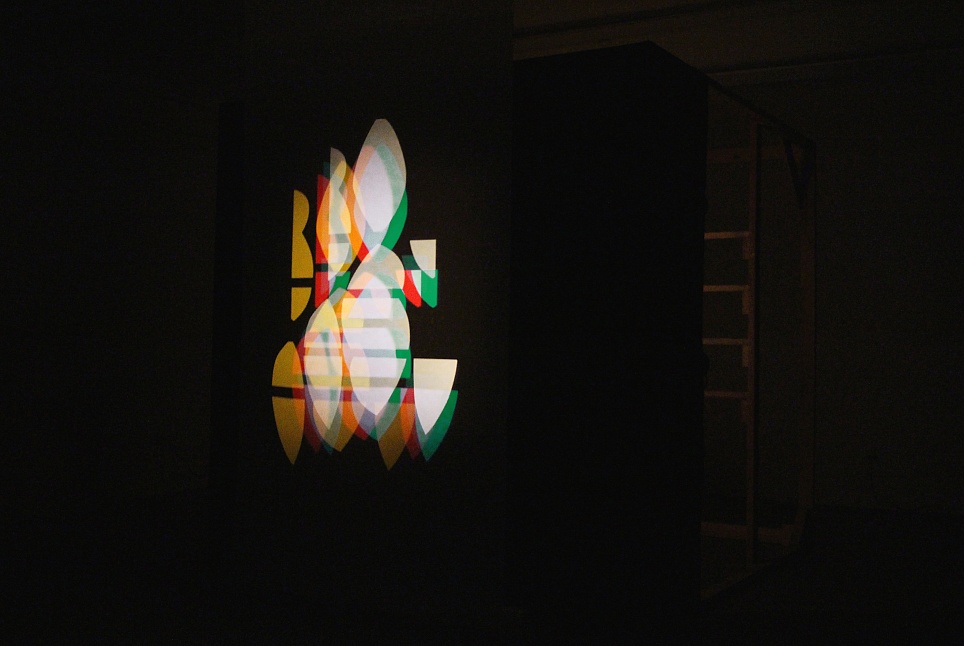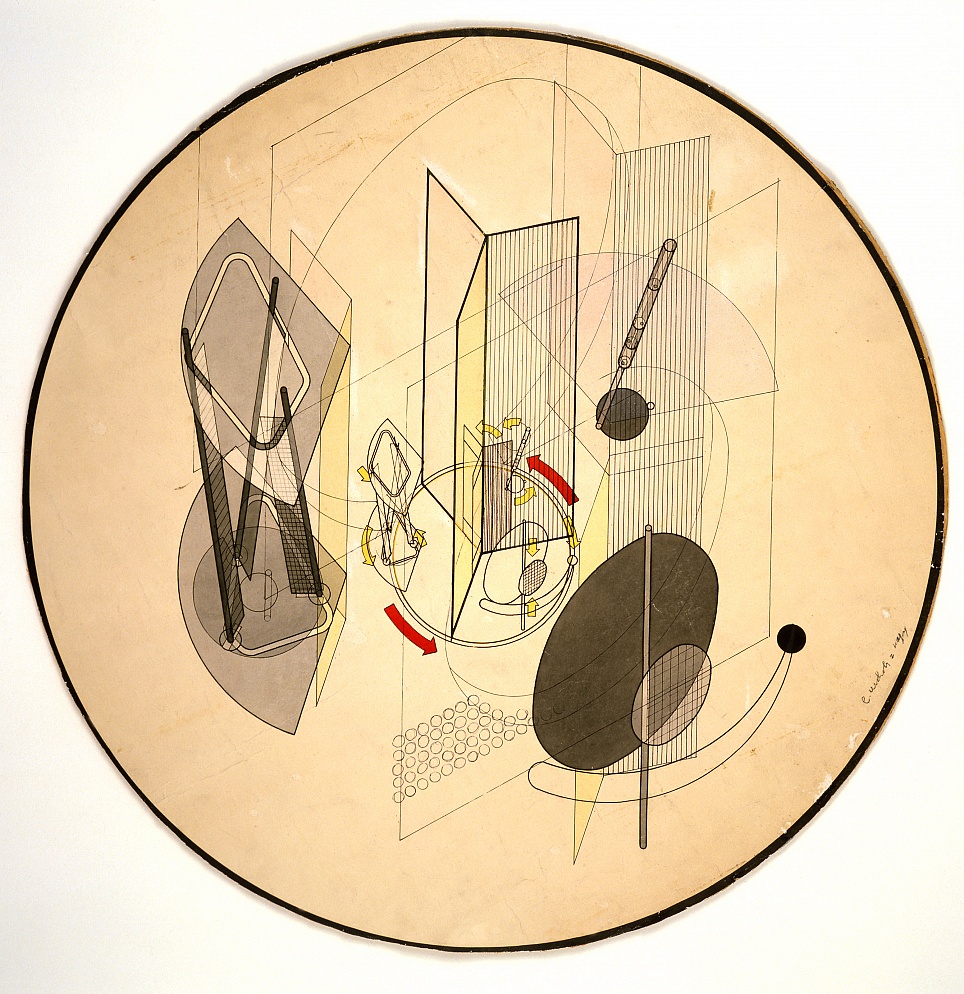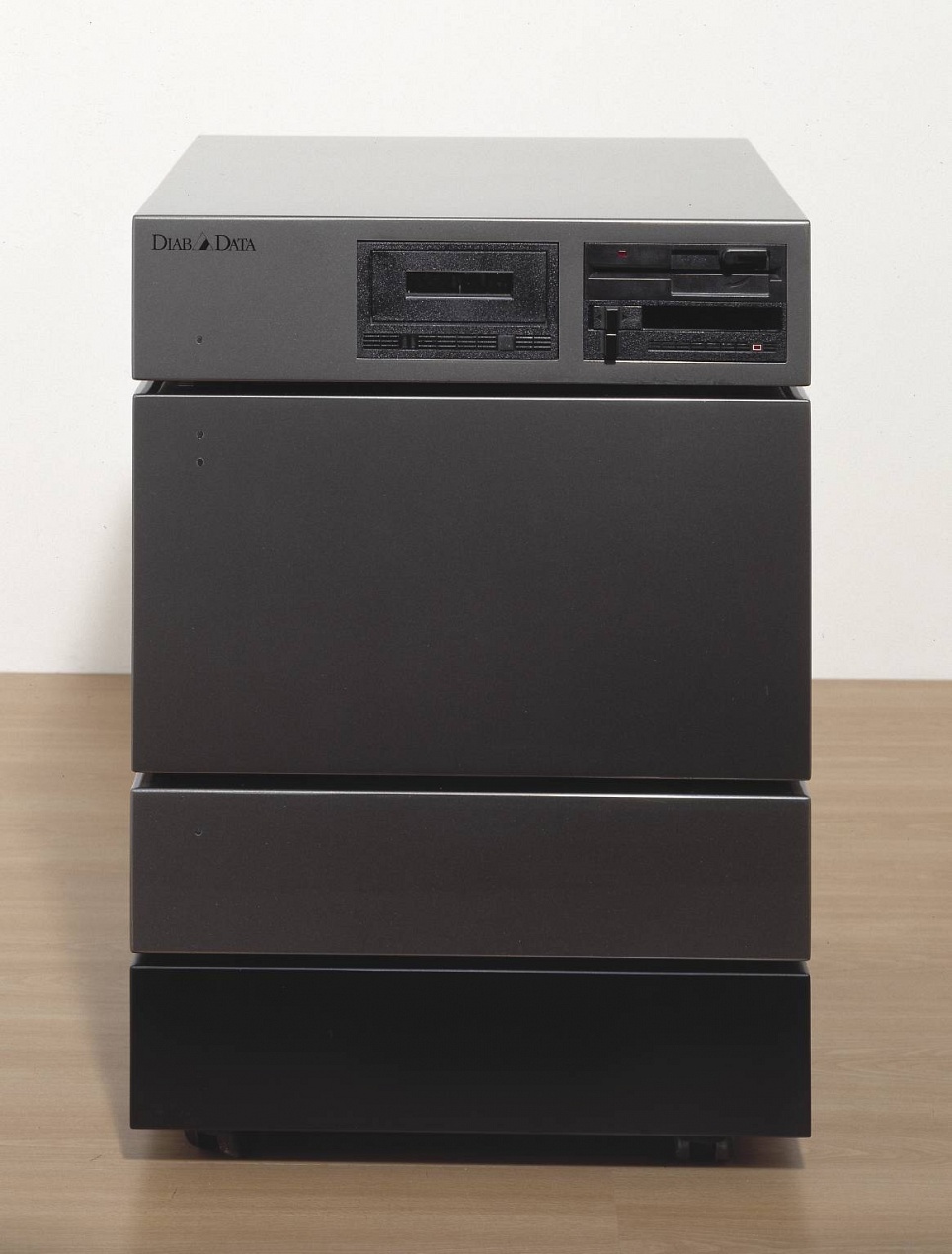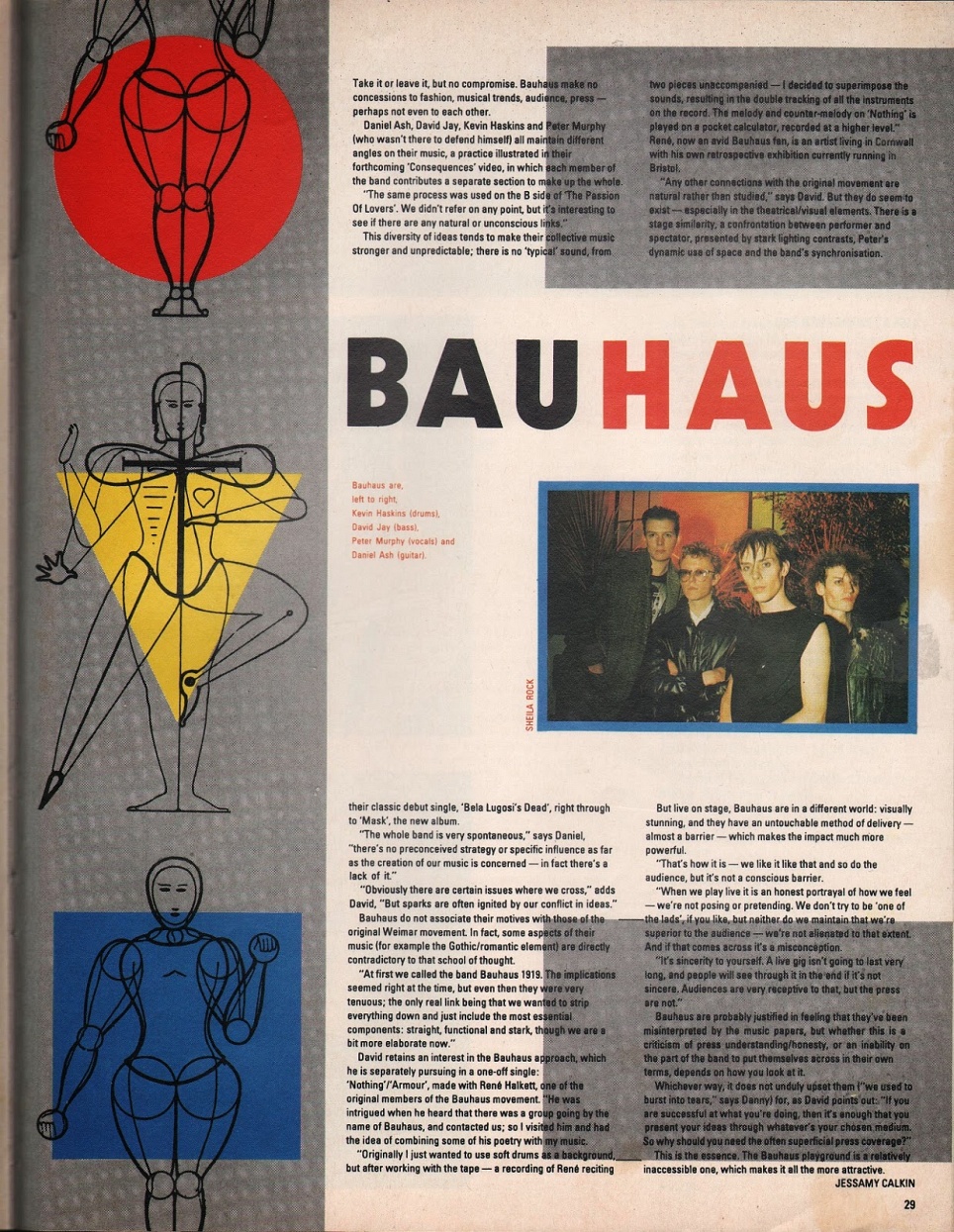Still Undead

Kurt Schwerdtfeger, Reflektorische Farblichtspiele (Reflecting color-light plays, 1922
light performance, apparatus reconstructed 2016
Courtesy of Microscope Gallery and Kurt Schwerdtfeger Estate © 2016.

László Moholy-Nagy, The mechanics of the light prop, 1930
Watercolour, ink and pencil on circular paper, mounted on round hardboard, diameter: 52 cm
Bauhaus-Archiv Berlin, photo: Hermann Kiessling.

Ludwig Hirschfeld Mack, Colour Chord 21-stringed flat sound box, no date (c. mid-20th century)
Grainger Museum Collection, University of Melbourne.
Gift of Olive Hirschfeld, 1980. 01.0017.

György Kepes, Simulated effects of a proposed mile-long
programmed luminous wall, suggested for the Boston Harbor
Bicentennial, 1964–65, photo: Nishan Bichajian
Massachusetts Institute of Technology Program in
Art, Culture and Technology, © Juliet Stone.
.jpg?w=964)
Muriel Cooper, 1969, Promotional Poster for Bauhaus:
Weimar, Dessau, Berlin, Chicago, Image courtesy
Muriel R. Cooper Collection, Morton R. Godine Library, Archive
Massachusetts College of Art and Design, reprinted by
permission of the MIT Press.

Stan VanDerBeek, Movie-Drome, ca. 1963
Courtesy: Estate of Stan VanDerBeek, photo: Bob Hanson.

Richard Hamilton, Diab DS-101 Computer, 1985–89
Tate-Modern, © R. Hamilton. All Rights Reserved / VG Bild-Kunst, Bonn 2019,
photo: © Tate, London 2019.

Article on the Bauhaus punk band,
in: New Styles New Sounds, from October 1981, p. 29
© Kasper de Graaf (Editor) and Malcolm Garrett (Art Director).
The starting point for the exhibition chapter Still Undead is Kurt Schwerdtfeger’s Reflektorische Farblichtspiele (Reflective colored light plays) from 1922, which premiered at a party held at Wassily Kandinsky’s apartment. Using a combination of moving abstract shadow figures, light forms and sounds, the work was created entirely outside the Bauhaus curriculum. The colored light-plays open up several aspects, including experiments in the field of light design, sound art, performance and the tradition of Bauhaus festivals, of which there were many.
Still Undead traces artistic experiments with light, sound and new technologies at art schools and universities such as the New Bauhaus in Chicago, the Centre for Advanced Visual Studies (CVAS) and the Media Lab at the Massachusetts Institute of Technology (MIT) in Cambridge. Experiments with new media and technologies emerged in a field of tension between the institutionalization and scientification of artistic and popular counter-cultures in Western Europe and the United States and young people’s authentic will to create a mode of living outside the cultural mainstream. Schwerdtfeger’s reflective plays of colored light are regarded today as an important reference for Expanded Cinema; they point to a future in which sound, experimental film and digital culture would become a central component of contemporary art. Thus, Stan VanDerBeek’s filmic works, the performances of Velvet Underground—with their stroboscopic multimedia light shows—find their counterpart in consumer culture and the development of information technologies during the 1960s. Still Undead discusses how countercultural production transcended institutional structures on the one hand and was integrated into them on the other. The blurring of the boundaries between experiment, institutionalization and commercialization, already characteristic of the Bauhaus, had become the norm by the 1960s. This general tendency—the fusion of resistant and experimental practices with a “common sense”—underscores the need for a re-politicization of art, technology and popular culture in the current moment.
The exhibition chapter Still Undead was developed with the Haus der Kulturen der Welt (Berlin) in cooperation with Christian Hiller (Berlin), Gavin Butt (London) and Mariana Meneses Romero (London). Parallel to the exhibition at the Zentrum Paul Klee, a second version of Still Undead, with a focus on the reception of Bauhaus-derived new media ideas in Great Britain, will be shown at Nottingham Contemporary from 21.09.2019 to 05.01.2020.







in: Maske & Kothurn. bauhaus & film (Thomas Tode), Band 57, Heft 1-2, 2013, S. 141–156.
from: Modernism/modernity, Vol. 22, No. 1, January 2015, pp. 23–55.
from: New German Critique, Vol. 36, No. 2, Summer 2009, pp. 89-131.
from: Criticism, Vol. 56, No. 3, Fall 2014, pp. 457–479.
from: Cristina Pratas Cruzeiro, (Ed.) Migrations. Migration Processes and Artistic Practices in a Time of War: From the 20th Century to the Present. Belas-artes, Lisbon, pp. 271–289.
from: The Pleasure of Light. Gyorgy Kepes and Frank Malina at the Intersection of Science and Art, Ludwig Museum, Budapest 2010, pp. 34–52.
in: Sonja Neef (ed.), An Bord der Bauhaus. Zur Heimatlosigkeit der Moderne, transcript Verlag, Bielefeld 2009, pp. 153–165.
- EN
- DE















